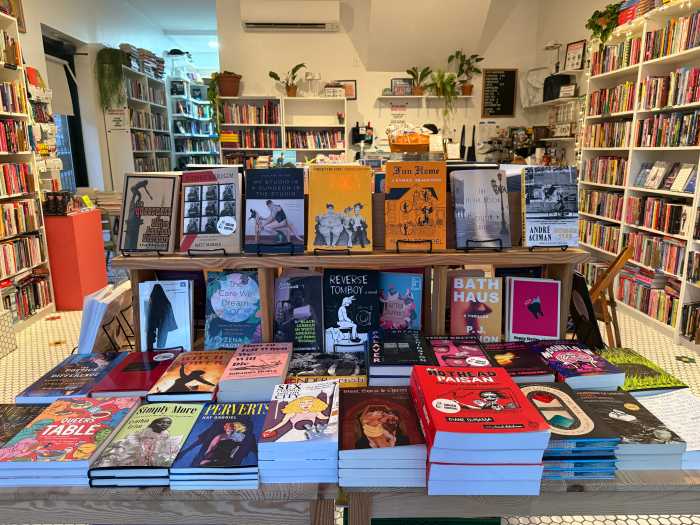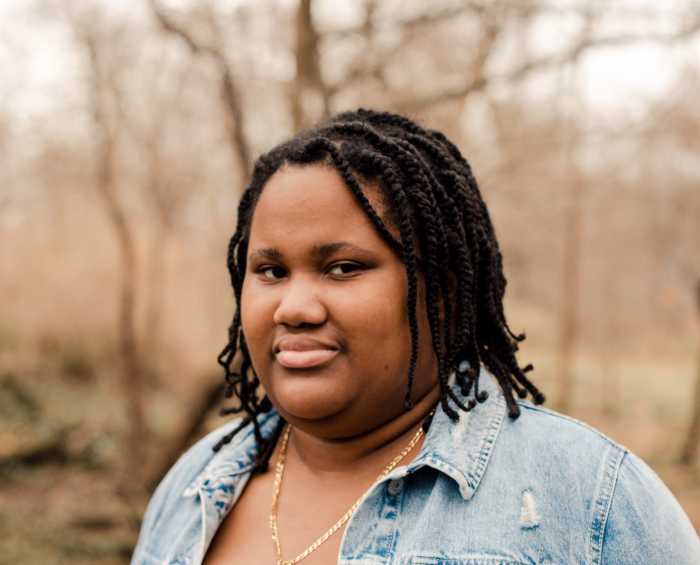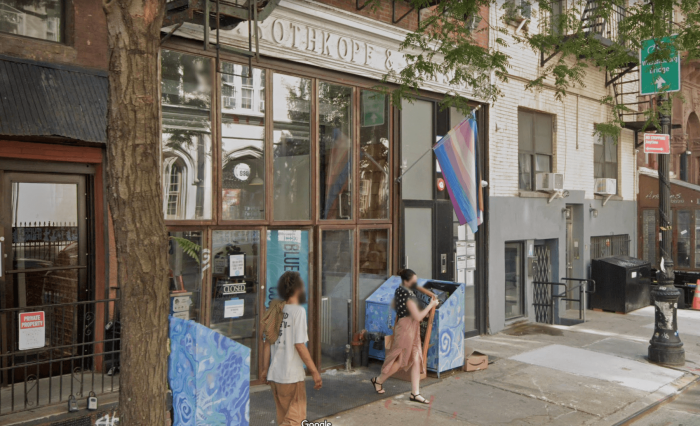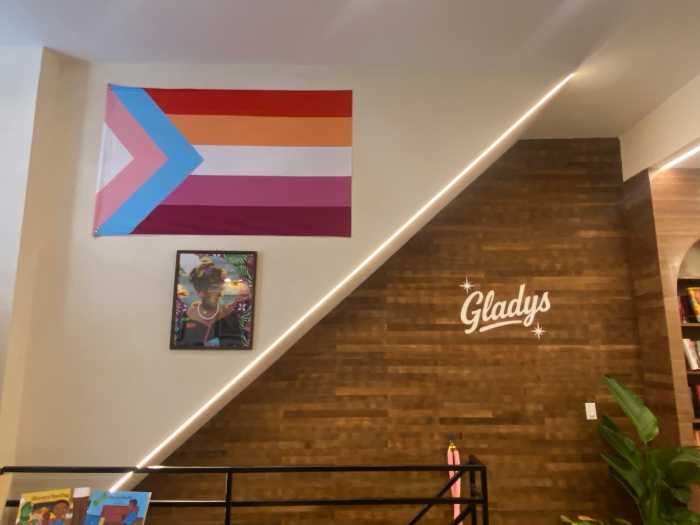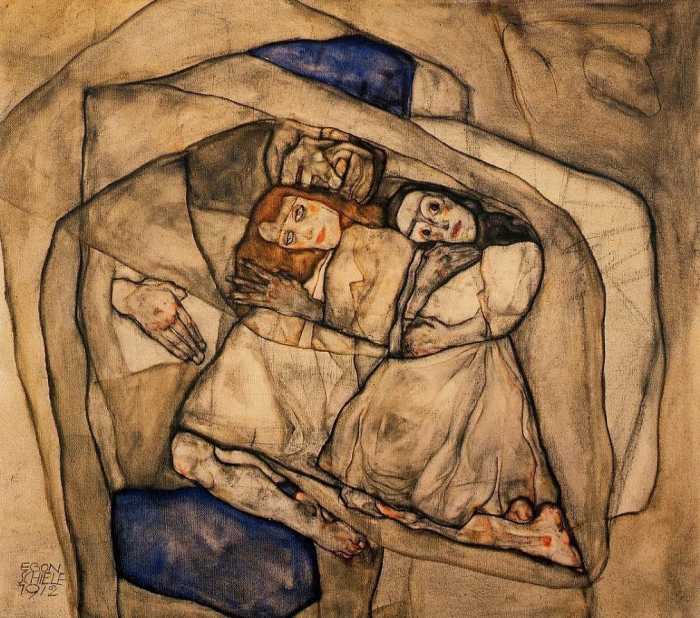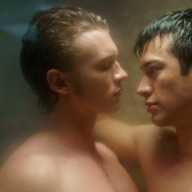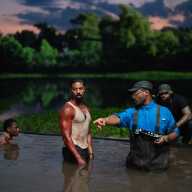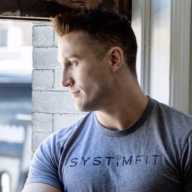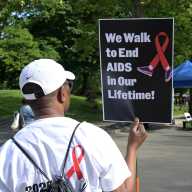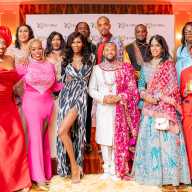A month into their new job at the New York Public Library’s Manuscripts, Archives, and Rare Books Division, Sal Kimura excitedly texted longtime friend and fellow library worker P. Henry: “You have to come up after your shift is over! I have these papers I want to show you.”
That urgency — the thrill of discovery and the desire to share it — has driven Kimura and Henry. The curators, both of whom identify as non-binary and use they/them pronouns, have been working to uncover lesser-known queer lives.
Their project, “Queer Archeology: Reflections on Communal History,” a selection of books, papers, photos and flyers that explore the queer experience, was on view this summer in the Brooke Russell Astor Reading Room for Rare Books and Manuscripts at the New York Public Library Stephen A. Schwarzman Building on 42nd Street and Fifth Avenue.
Running until September 12, the small display case had big ambitions: to show that the library’s archive is not only a scholarly resource but also a reservoir of memory and identity, open to everyone.
Kimura, 26, recalled how, as a new member of the department, a colleague had turned to them and said “You have to read this finding aid.”

A “finding aid” is the guide, or synopsis, that details the inventory of a collection of material, Kimura and Henry explained in a recent joint interview by phone with Gay City News.
“You get a better idea of what might be in there,” Kimura said. “And then the colleague starts to read the finding aid out to me and she was like, ‘Ted Bloecher was a struggling theater artist, music librarian for the New York City Gay Men’s Chorus, and UFOlogist…’ And the UFOlogist line really got me. I was, like, I need to know this guy.”
Bloecher, who died in January 2024 at the age of 94, donated his papers, consisting of correspondence, personal journals, a memoir, and materials documenting the New York City Gay Men’s Chorus to the library in 2002.
“I was going through his archives and I was like, ‘This is fun,’” Kimura said. “And then I got really emotional reading a lot of his early correspondence because he was one of the few examples we have of queer life pre-Stonewall.”
Selections from Bloecher’s papers are just some of the objects in “Queer Archeology,” highlighting not just queer history but what resonated with the archivists themselves. Also included is a handwritten manuscript by Herman Melville, reviewing a story collection by Nathaniel Hawthorne, in flowery, gushing prose.
“It very much reads like a love letter in our modern age,” Henry, 27, said in a highlight video posted on the NYPL Instagram account.
“We wanted to showcase items that were outside of the traditional LGBTQ collection,” Henry told Gay City News. “Not necessarily underappreciated, but items people probably don’t know about.”
They added, “We wanted to showcase things that really spoke to us in our personal experience. That’s why we include the idea that it’s personal ‘reflections.’ And that it’s stuff we actually, physically dug through to find.”
Making final decisions about what to include was difficult. Henry said, “We had to be very selective because the case is quite small, which lent itself to a really fun challenge to see how the story could come together.”
Henry and Kimura first met at library school and when they found themselves working at the same department at the New York Public Library, they discussed how they could unlock the potential of the archives. “How can we find new creative ways for people to do research? What kinds of research resonates with us?” they recalled.
Both Henry and Kimura live in Bushwick, Brooklyn now, but had grown up in Long Island and Rockland County as library kids.
“My mom would take us there on the weekends because we did not have a lot of money,” Kimura said. “I spent hours and hours there, reading in the stacks. I wanted to be into punk music. But I thought the music was too scary, so I would borrow books from the library to learn about punk culture. And that’s how I also learned about feminism.”
At 15 they started taking day trips into the city with friends. Walking past the main library one day, Kimura’s friend asked, “‘Have you been inside?’ And I was, like, ‘No.’ She was, like, ‘What?! You have to go. It’s amazing.’ And she brought me to my first ever trip into this building. And I remember when I first started working here, I was like, ‘This is so crazy. I work here now.’”
For Henry, one of their first memories is “walking into the local library and being so excited to go to the wall of VHS tapes in the children’s section.” The library is also where they discovered the graphic novels of Alison Bechdel’s “Fun Home” and “Dykes to Watch Out For.”
“All the stuff that was very seminal in my realization of identity,” Henry said. “In high school, we’d meet up at the library at the teen center. Or, the quiet fiction section. And then we’d just, like, make each other laugh without talking.”
Henry insisted, “We needed these communal spaces to exist.”
The library was a lifeline and that ethos continues to inform their professional lives.
“Libraries are one of the only places where you can just go in and sit down, or meet up with friends if you’re younger,” Henry said. “You’re not expected to buy anything. You can just go in to sit or cool off in the summer or warm up in the winter.”
Henry, who started working in libraries at the Brooklyn Public in 2021, said, “We need these spaces. And it’s a space we really need to protect right now.”
Though the physical display closes on September 12, the larger project continues with a zine.
“We created this companion zine with all the exhibition text,” Kimura said. “And we made it so that it could exist as a standalone. While it’s nice to have the case, we wanted it to spill over and not just be limited by it. The zine has collages based on a lot of the objects we chose.”
The zine has been added to the library’s periodical division on the first floor, available to anyone who visits.
And the research process, they both stressed, is ongoing. Instead of presenting archival work as an academic exercise, Kimura and Henry approached it as an act of communal storytelling, where curiosity and personal resonance guided the way.
“It involved so much poking around and exploring,” Kimura said. “Kind of just, like, rolling around in the archives and seeing what stuck with us.”
That openness to instinct is what they hoped would inspire others. As Henry put it, “You can find something like this here. You can look at this. You can go through these documents.” And visitors are invited to follow their own threads of curiosity. “We want people to have research ideas that aren’t strictly academic in nature. We wanted this case to feel a little more spiritual. And that’s also why we encourage people to actually come in physically to look at it, because there’s a certain power in seeing these original works.”
For two queer curators who grew up finding themselves in the library stacks, it’s fitting that they now show ways for others to do the same.


